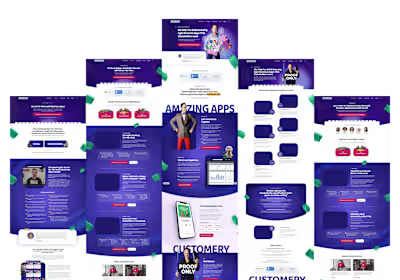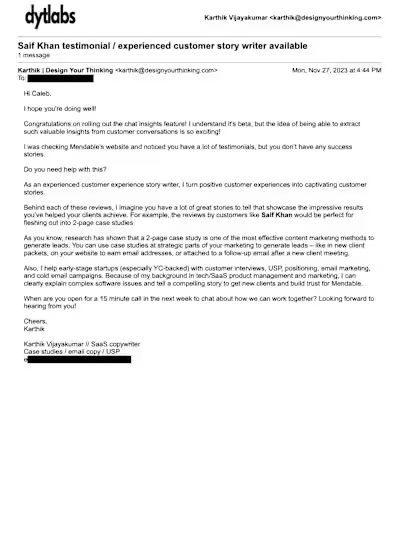32 Must Dos in First 90 Days of a New Job – Product Management
No matter what job you are in, the first 90 days are super critical (and not many realize this). Some people call this the honeymoon period, but I choose to call this the hustle-moon period. In this article, I share 32 tips you can (or, should!) put to action in the first 90 days. At the end, I also have included a 5 Strategy guide to help you with the next 90 days!
Whichever plane you are flying, the importance of getting settled into the pilot’s seat early enough is very high. The earlier you settle into the cockpit, the earlier you can start to perform. The smartest ones spend the first 90 days of their new role in sharpening their axe.
The Problem
Many professionals today get right into the thick of things from week one, if not day one. I have seen people (even in Director-level positions) in some companies jump into tactical, nitty-gritty, design and feature discussions and make decisions. Even worse, I’ve seen some of these people get on calls with customers and make commitments.
The irony here is that some experienced people who’ve had a good history of creating and scaling good products, end up jumping in too early too.
Why do People fail in a New Job?
From interviewing and observing many people in creative, product and design jobs, and their stakeholders, I’ve come to realize that this boils down to three things:
Overconfidence
Lack of Discipline
Ignorance
These are just the core root causes, and there are a lot more that’s not under the scope of this article. Good and experienced people are sometimes overconfident. Some lack discipline in their practices and some are just unaware of how to get started.
Result? Failed Businesses, Failed Career
People who start to fail either end up in low-impact roles. Some have become Project Managers and some have just straddled multiple associated roles without having a clue as to what they want to do. Needless to say, the products they managed, or stuff they built or done have failed in the period they were in the cockpit. The results of not getting started on the right foot can be disastrous, to say the least.
Enter – Your First 90 Days
The ones that really crush it, are those that know and recognize the importance of sharpening their axe. You might be a first-timer into a new role or someone who has tons of experience – the first 30, 60 and 90 days in your new role and job is key.
After talking to and observing many kickass professionals building products and businesses, I’ve compiled a set of 32 sure-shot must-dos that you should consider doing in the first 90 days as a of your new job. For ease of read and measurability, I’ve split them into three parts:
First 30 Days
Second 30 Days
Third 30 Days
These 32 steps will definitely put you on a winning streak, as they’ve been tried and tested by many including myself. I truly believe this will give you a mighty push in your new role, and feel free to add and remove new tips, techniques and steps to make them work for you.
First 30 Days – The Foundation!
Whether its your first time or not, the first 30 days are is crucial. Many refer to the first 30 days as the honeymoon period in any job, but I consider them to be one of the most important times in any job. That’s the period I’d use to establish my base. Here is what I think is important to get a grasp of:
People
Product
Process
Tools
As a new kid in the block, its helps when we get the key aspects of our new role right. Let’s jump into each of these quickly.
1.0 People
People and relationships are key to succeeding in our role, no matter what job it is. Connecting with people inside and outside the company can go a long way in defining your success in your new role. Below are things you may want to consider.
1.1 Boss Connect
Connect with your boss and understand what he / she is focusing on. Understanding their goals is key. Understanding the company’s vision and the product and team’s mission is equally important. Try to get your goals discussed and documented.
1.2 Functional Connect
Schedule time to meet with the engineering, marketing, sales, support and the finance teams, depending on your role. I’ve usually found myself getting a lot of useful information when I met with them over a cup of coffee.
1.3 Develop Empathy
Understand the existing challenges each of these stakeholders have. I usually use a mind map to take notes of these meetings and try and document their challenges in the mind map too.
1.4 Who’s Who
Try to get the organization’s who’s who written down in a nice A3 sized paper and pin it in a pin board. I also try to get their pictures from the directory and pin them too. I tend to confuse names, and this has helped me connect the face to the name.
1.5 Customer Connect
Try to get on any calls with customers and observe the conversation like a fly on the wall. Try connecting to key customers’ account management representatives to get an overview and outline of challenges in each of their accounts.
2.0 Product
Product is your baby. It doesn’t matter what you call it – product, service, app, whatever. Understanding the product first hand, its market and financials is important. Below are things you may want to consider:
2.1 SME Demo
Get in touch with the best Subject Matter Expert or Quality Engineer or someone who’s a go-to person for that product and get a demo of it. Ask a lot of questions. Don’t squelch those seemingly silly ones.
2.2 Support Demo
Meet up with a customer support engineer and get a demo of the product. Like you did with the SME, ask a lot of questions. Doing this helps understand how the product is understood by both these people. Understanding the product’s story is important.
2.3 Sales Demo
Meet with one salesman and get them to demo the product to you. This can lead to some key revelations.
2.4 Market Dump
Get a dump of all the market data about the product including competitive information, analyst data, win-loss analysis and put them all into one working folder. Block your calendar to go through all of them. Well, this might seem a little insignificant for some roles and jobs, But trust me, if you did this on your job you will start to see your job and career take off in a big way.
2.5 Financials
Schedule time with the company’s financial analyst to get a dump of the financials. Understanding the product’s financials helps understand the performance and work backwards to identify its strengths and weaknesses. Combining this information with the market insight will lead to important discoveries.
4. 3.0 Process
When in a new land, its important to know the terrain. Like a hunter, its important to know the forest, its animals, the tribes, weather conditions and finally your hunting weapon 🙂
3.1 Development Rhythm
Try to meet up with the engineering team to understand how they work on building software – release durations, development processes (Agile, Scrum, Waterfall, Kanban, etc.). Not knowing this can sometimes throw in surprises, especially when your past job experience happens to be very different than the current one.
Understanding how the company has been releasing software is key. Some companies are process heavy and some don’t have process at all (think of the continuous delivery models, like what happens inside McDonald’s!).
3.2 Expenses
Understanding how travel and discretionary expenses are managed is key. Your boss should be able to help with that. Get a grasp of how expenses are claimed.
3.3 Stakeholder Meetings Rhythm
Knowing how frequently you have product reviews with management, board meetings, investor meetings, analyst meetings is key. Understanding key contacts to talk to analysts will prove very helpful.
4.0 Tools
Finally the tools. As people, we get used to some tools and we need to sometimes learn new ones. Learning is hard, and it gets even harder when we don’t have a clear idea of all the tools we need to learn. From getting used to using a Macintosh to not using Lotus Notes, each of us have our own set of challenges. Here are some things to keep in mind:
Get your laptop and / or workstation ordered from the IT help desk. In some big companies this takes a lot of time and unnecessary process.
Get all software that the organization necessitates installed on your laptop. This can sometimes get in the way of your work when you realize that some software was not configured has locked your computer.
Get your favorite set of software tools installed on your new computer. We all have favorites – I’ve listed mine in the resources page. We just cannot work with our favorite To-Do list software (Trello is my favorite), Time management software (Pomodoro app for Mac is my favorite), etc.
Order stationary for white boarding and taking notes. Many big companies again take a lot of time to get this in place. I many times have picked Post-it notes from Amazon.
Get a demo environment setup for you to use your product. I find this the most useful as it gives me great comfort in exploring the product first hand.
I hope you find this useful. The idea of making this list was to help get a jumpstart without having to waste much of our time. These are what I consider the standard operating procedures (SOP) on changing jobs or roles. If incase you managed to do all of the above, scroll down to the second 30 days!
Like this project
Posted Apr 12, 2024
This is a viral blog post that set the community on fire and brought in over 4500 email subscribers!
Likes
0
Views
6






